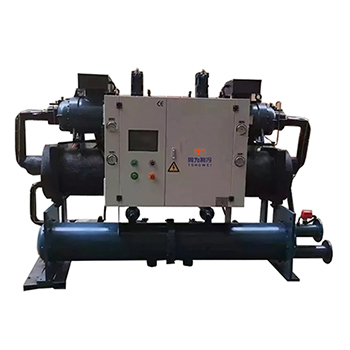Hydroponic Chiller
|
Contents Table
|
1.What Is Hydroponic?
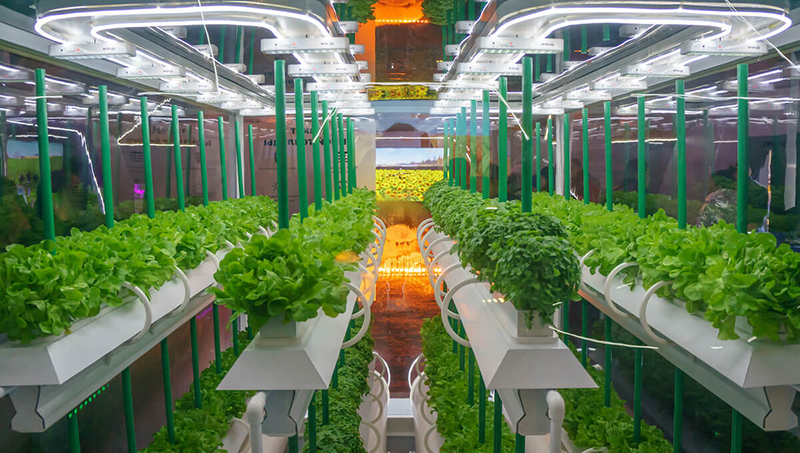
2.What is A Hydroponic Chiller?
A hydroponic water chiller is a refrigeration system that provides process cooling to the hydroponic reservoir. Water temperatures that are too high will seriously affect plant growth. The ideal water temperature for hydroponics promotes a good balance between the plant‘s oxygen use and metabolism. For commercially grown plants, temperatures can be between 59 and 86 degrees Fahrenheit.
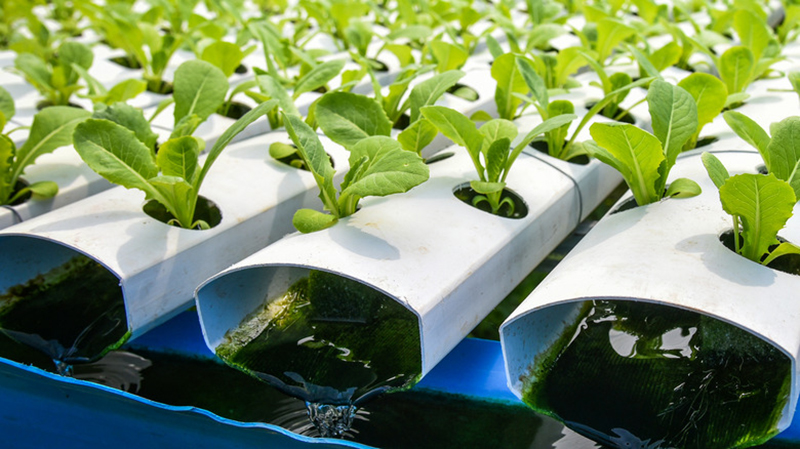
Hydroponic Process
Water-cooled Hydroponic chillers use water from an external water cooling tower to dissipate heat from the brewing processes. These systems are longer lifespan, Relatively quiet, and more consistent cooling performance than the air-cooled Hydroponic chiller.
Hydroponic Scroll Chiller Hydroponic Screw Chiller
▪1/2 HP-60HP Above 60HP
▪ Danfoss/Panasonic Scroll Compressor Hanbell/Bitzer Screw compressor
▪Built with water tank and water pump Without water tank and water pump
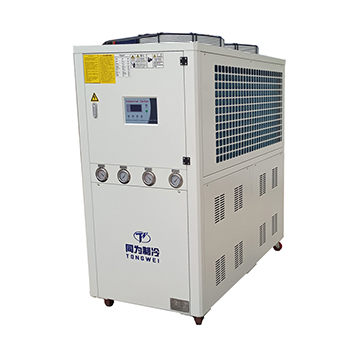
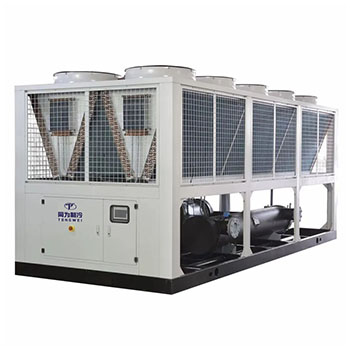
Air-cooled Hydroponic Scroll Chiller Air-cooled Hydroponic Screw Chiller
7.What Are The Main Components of Hydroponic Chillers?
Above 60HP Hydroponic chiller,which is with Hanbell or Bitzer screw compressor;
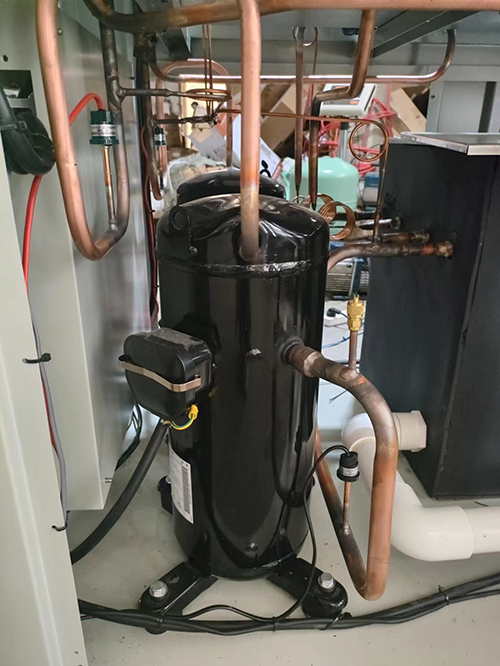
Panasonic Compressor
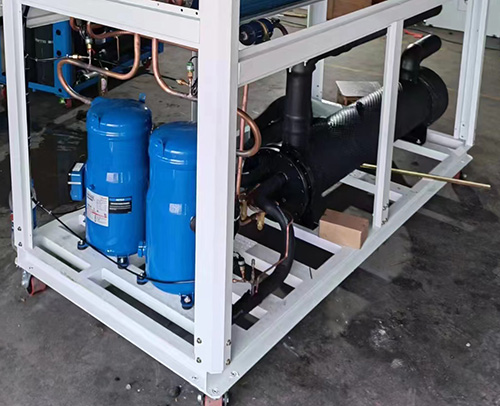
Danfoss Compressor
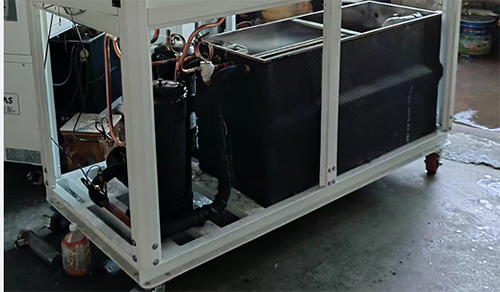
Coil in SS Water Tank Evaporator
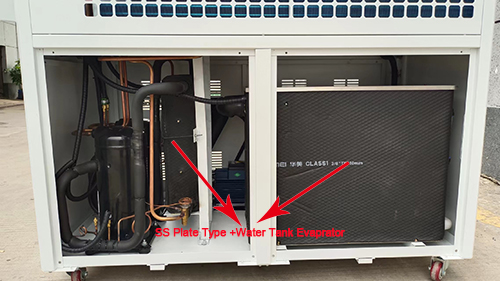
SS Plate Type+ Water Tank Evaporator
7.3 Water Pump
The water pump is designed to increase the pressure and the flow of the chilled water in a closed space.
Hydroponic Chiller is used with 304 Stainless Steel Water pump.

Water Pump
7.4 Condenser
The condenser for air-cooled Hydroponic cooler is equipped with efficient cross-seam fins and female threaded copper tubes for high heat exchange efficiency and good stability.Its function is to cool down the refrigerant steam released from the compressor into a liquid or gas-liquid mixture.
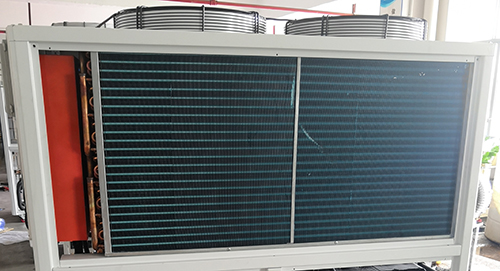
Aluminum fin+fan Condenser for air -cooled Hydroponic chiller
The condenser for water-cooled Hydroponic cooler is shell and tube ,with the internal copper tubes employing an outer thread embossing process.This design effectively enhances the heat exchange efficiency between the refrigerant and water during the process. Compared to traditional smooth copper tubes, the outer thread embossing process increases the surface area of the copper tubes, thereby expanding the contact area for heat exchange and improving the thermal conductivity of the condenser. This optimization design allows the condenser of the water-cooled chiller to transfer heat from the refrigerant to the water more rapidly and consistently, enabling the water to carry away the heat.
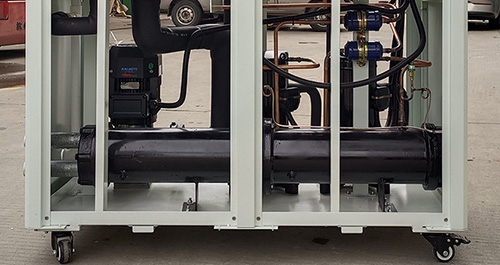
Shell and tube Condenser for water-cooled Hydroponic chiller
7.5 Controller Panel
Water chillers use precision digital temperature controller, it RS485 communication port,which can do remote monitoring and control. Simple operation, low failure rate, high safety factor, easy installation.
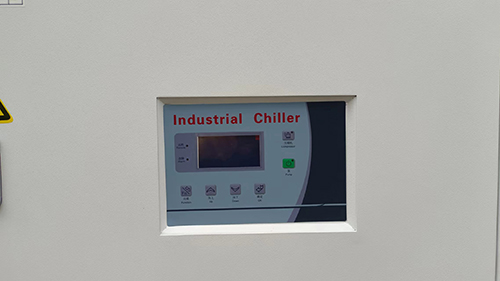
Controller Panel
There are two types of chiller :Air Cooled Hydroponic Chiller and Water Cooled Hydroponic Chiller.
But Most customers use air cooled Hydroponicchiller ,which is more easily install and save space.
11.Get a Quote on Industrial Hydroponic Chillers Now
As a leading industrial chiller manufacturer,we engineer and produce high-quality process chillers compatible with a broad range of industrial processes.
Depending on your needs, we also offer custom chillers to ensure that each client receives the industrial chiller best suited to their unique process.
Request a quote now on our Hydroponicwater chillers or learn about the other air-cooled chillers and water-cooled chillers.



.jpg)
